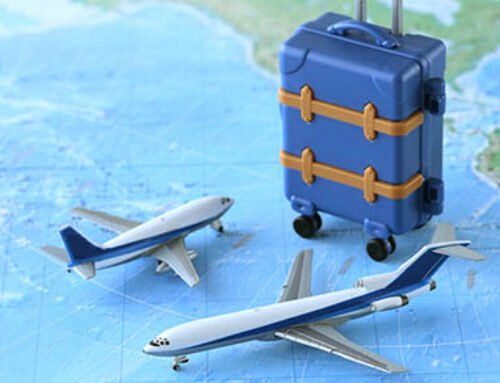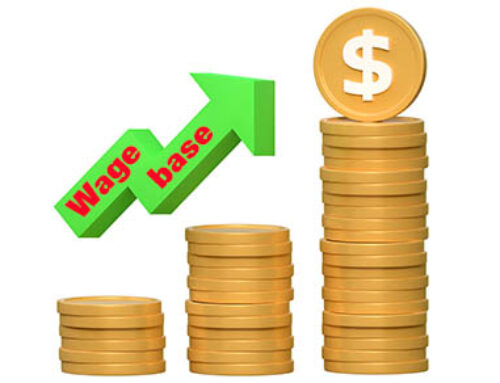When a company’s deductible expenses exceed its income, generally a net operating loss (NOL) occurs (though of course the specific rules are more complex). If when filing your 2014 income tax return you’ve found that your business had an NOL, there is an upside: tax benefits.
When a business incurs a qualifying NOL, the loss can be carried back up to two years, and then any remaining amount can be carried forward up to 20 years. The carryback can generate an immediate tax refund, boosting cash flow.
However, there is an alternative: The business can elect instead to carry the entire loss forward. If cash flow is fairly strong, carrying the loss forward may be more beneficial, such as if the business’s income increases substantially, pushing it into a higher tax bracket — or if tax rates increase. In both scenarios, the carryforward can save more taxes than the carryback because deductions are more powerful when higher tax rates apply.
In the case of flow-through entities, owners might be able to reap individual tax benefits from the NOL.
Please contact us if you’d like more information on the NOL rules and how you can maximize the tax benefit of an NOL.
© 2015



